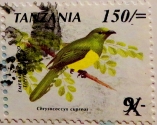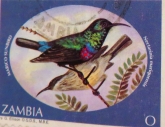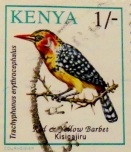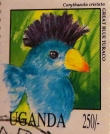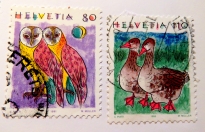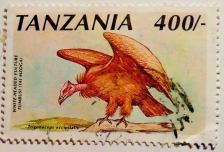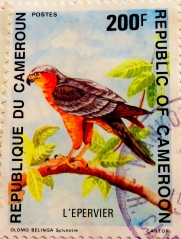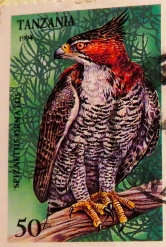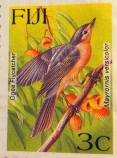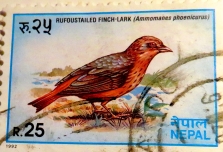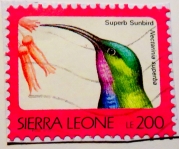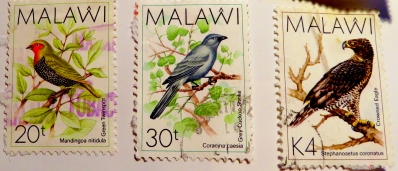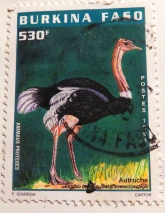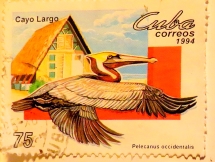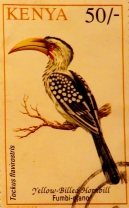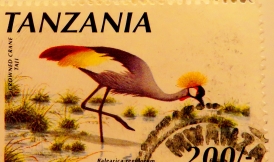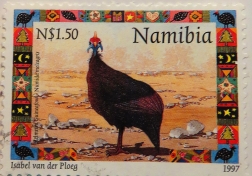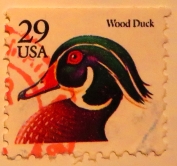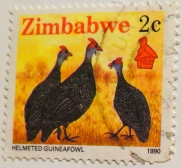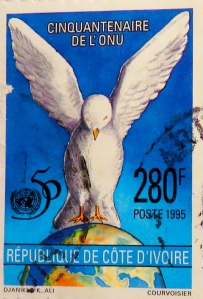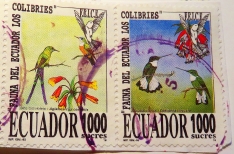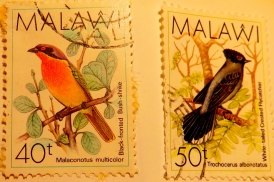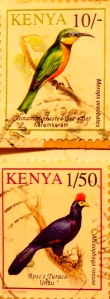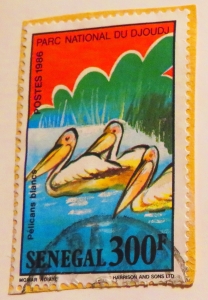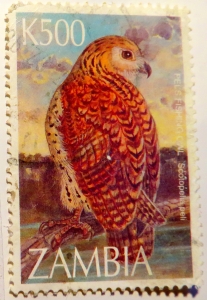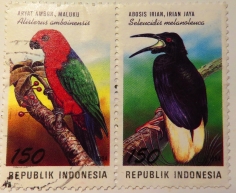 Recently, I was pondering what I might choose as a subject for a column that I contribute to a bird club newsletter. And then as I was getting New Year’s cards ready to send, a topic emerged. So as I work on some new wildlife photography blogs, here is one with a bit of a different focus, based on the newsletter article I wrote.
Recently, I was pondering what I might choose as a subject for a column that I contribute to a bird club newsletter. And then as I was getting New Year’s cards ready to send, a topic emerged. So as I work on some new wildlife photography blogs, here is one with a bit of a different focus, based on the newsletter article I wrote.
Many birders are focused on a few goals when they go out looking for birds – increasing their life-lists, finding a “nemesis bird” that has continued to elude them, celebrating new birds to add to their yard lists, getting a great photographic shot, exploring a new nature area, etc. But there are other ways to celebrate birds as well and one that might help get young people interested in them is to help them begin a bird stamp collection. Or you might find it fun for yourself!
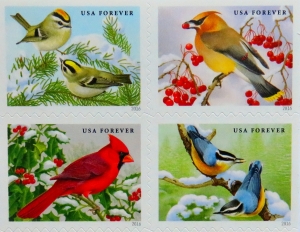 The US Postal Service is doing its bit for the stamp collectors with their newest set of stamps issued this month – beautiful songbirds: golden-crowned kinglets, a cedar waxwing, male Northern cardinal and red-breasted nuthatch.
The US Postal Service is doing its bit for the stamp collectors with their newest set of stamps issued this month – beautiful songbirds: golden-crowned kinglets, a cedar waxwing, male Northern cardinal and red-breasted nuthatch.
Many other countries also regularly issue stamps honoring popular, unusual and particularly beautiful birds found within their borders. African, Asian and South American countries have particularly disseminated some beauties.
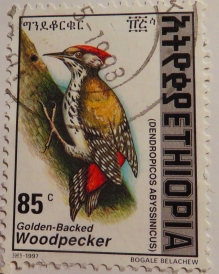 In the 1990s, I received lots of “snail mail” from developing countries since I managed a resource center focused on documentation from those nations. Many organizations and individuals sending me envelopes and parcels did not have postage machines, so they put colorful postage on their mailings and quite a few of those stamps featured birds.
In the 1990s, I received lots of “snail mail” from developing countries since I managed a resource center focused on documentation from those nations. Many organizations and individuals sending me envelopes and parcels did not have postage machines, so they put colorful postage on their mailings and quite a few of those stamps featured birds.
Many of the depictions seem true to life and others are more impressionistic.
Not all the stamps have shown birds that would meet everyone’s definition of beautiful but they are interesting.
And raptors appear to be a favored subject.
Some stamps not only provide common names but scientific names for the pictured birds.
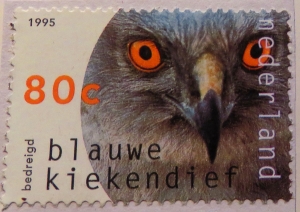 And some, like this one from The Netherlands, memorialize endangered species.
And some, like this one from The Netherlands, memorialize endangered species.
Nowadays, with the advent of electronic documentation, books, reports and email, Twitter and other social media slowly replacing typed or handwritten letters and cards, many of us receive much less “old-fashioned” mail than in years past. (To my regret, I will add, as I still really appreciate a handwritten letter and tangible card with words of greeting – the extra effort put into selecting a card or stationery, putting it into an envelope, addressing it and making sure it has postage is a reminder of people’s caring.) Granted the electronic messaging is cheaper and faster and some venues allow you to select a “stamp” to add to an ecard, like care2. But receiving paper mail is still an enjoyable event for me – and our neighborhood has quite a nice mailman, too!
I am pleased to note that my saved stamps include bird species that I’ve had the privilege of seeing in person.
If you are interested in this type of hobby and don’t get much paper mail, there are online purveyors of bird stamps where you can purchase items to add to your collection:
https://www.postbeeld.com/stamps-shop/bird-postage-stamps
http://www.avionstamps.com/ambrowCart/shop/show_products.php?search=Birds
And there is a society dedicated to bird stamp collectors. So, if you’re looking for a new pastime to while away some time when the weather just doesn’t invite you outdoors to see birds in person, there is an avian-focused option! And maybe you can persuade friends and family to send you some snail mail to support your new avocation. 🙂

